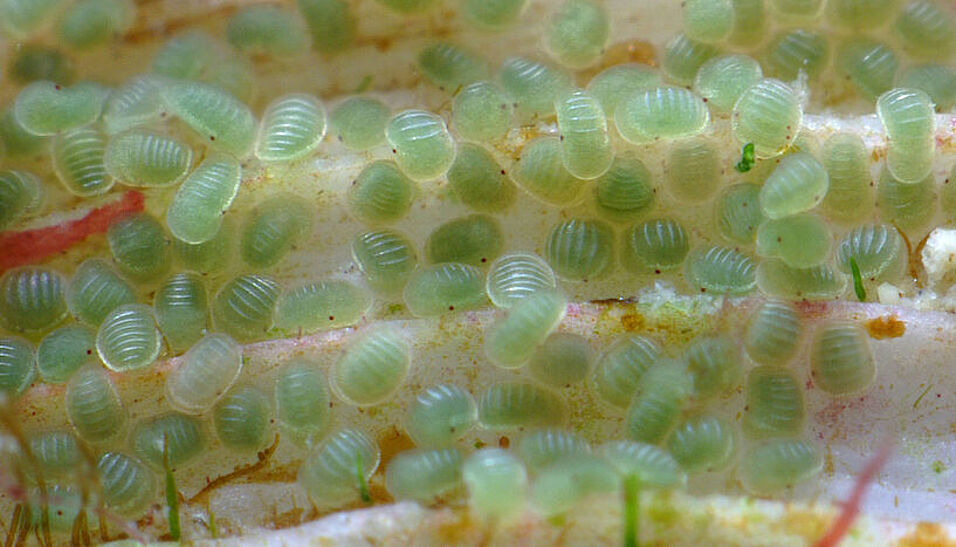As representatives of the mollusks, beetle snails - unlike insects and crustaceans - do not shed their skin. So beetle snails are truly comfortable in their skin. Yet beetle snails possess many signaling molecules that until recently were associated only with molting processes. "We now assume that the original functions of these 'molting molecules' are different," explains study leader Andreas Wanninger from the Integrative Zoology Unit at the Department of Evolutionary Biology in the Faculty of Life Sciences. But what are the functions of these molecules? And where are the corresponding genes active?
Moulting not a prerequisite for moulting molecules
In many animals, the genes encoding molting molecules are particularly active during metamorphosis - that is, during the transformation from larva to adult stage. Elisabeth Zieger, a postdoctoral researcher in Andreas Wanninger's research group, has already shown this in a previous study (Zieger et al. 2020). "Our initial results already indicated that molting molecules also play a central role in important developmental steps in animals that do not molt. Our next step was therefore to find out in which cells or tissues molting genes are active," Elisabeth Zieger explains the approach of her project.
A molecular biology method called in situ hybridization is used: all those cells are stained in which a gene to be investigated is expressed, i.e. active. The researchers took a close look at how the distribution of gene activity changes over the course of development - from the 0.25 mm free-swimming larva to the crawling juvenile.
Publication in "Evolution":
Zieger, E., Calcino, A. D., Robert, N. S. M., Baranyi, C., Wanninger, A. (2021) Ecdysis-related neuropeptide expression and metamorphosis in a non-ecdysozoan bilaterian. In: Evolution 15.7.2021. DOI: 10.1111/evo.14308
Zieger, E., Robert, N. S. M., Calcino, A.D., Wanninger, A. (2020). Ancestral role of ecdysis-related neuropeptides in animal life cycle transitions. In: Current Biology 31:1–7. DOI: 10.1016/j.cub.2020.10.004

